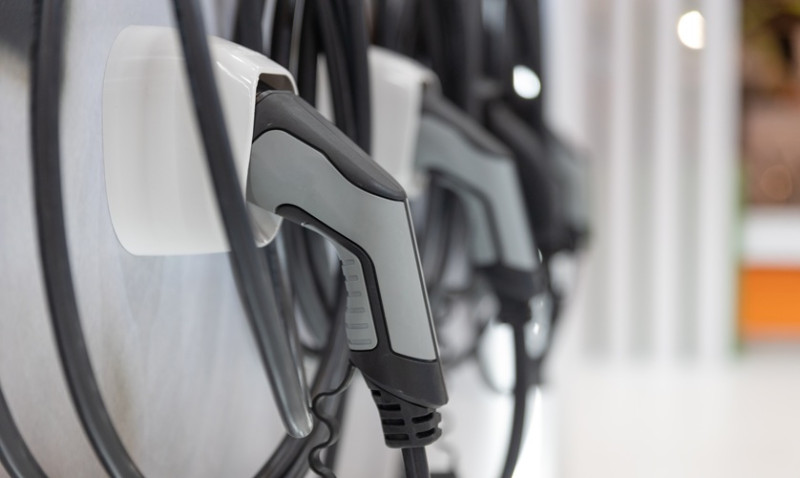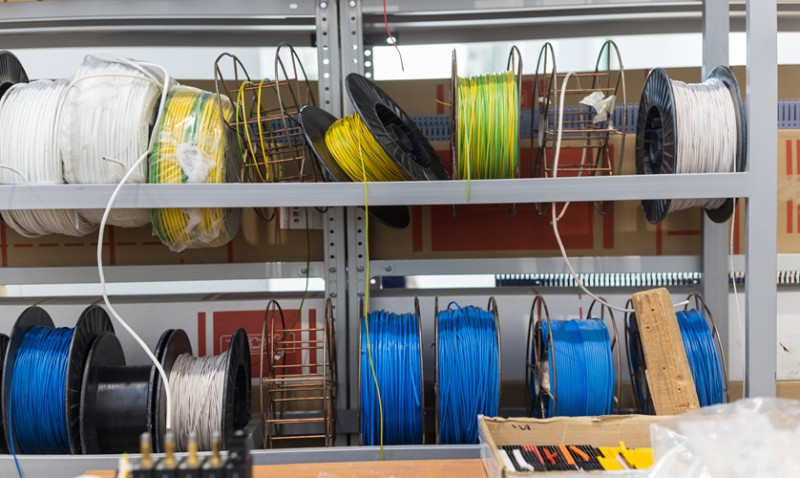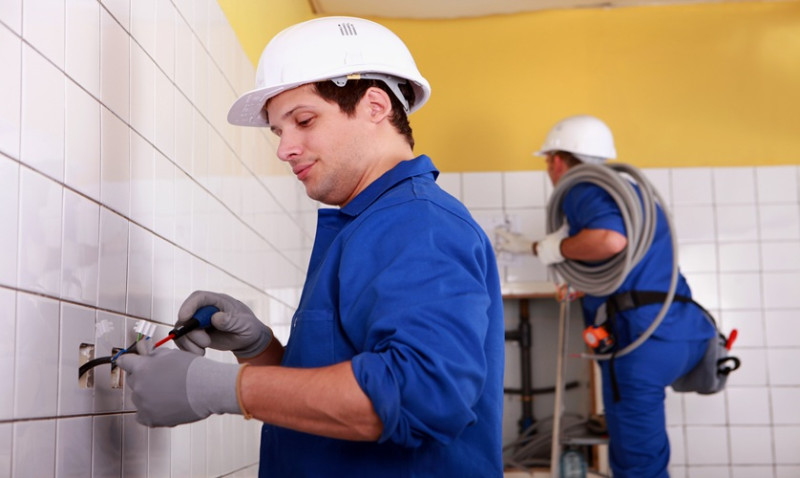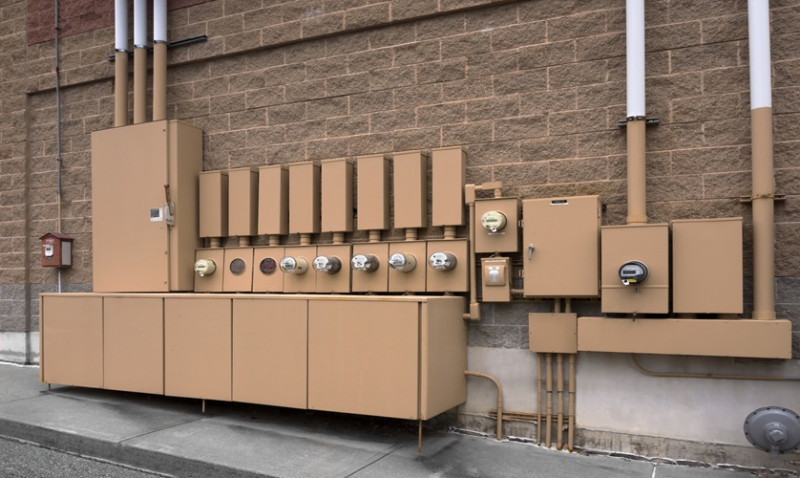
Whether you're a homeowner looking to improve safety in your property, a DIY enthusiast wanting to understand your home's wiring better, or a professional tradesperson delivering top-quality work, understanding the EICR process is essential. An Electrical Installation Condition Report (EICR) is a critical document that outlines the health and safety status of an electrical installation. In the UK, EICRs are part of meeting legal responsibilities, especially in rental properties under landlord regulations.
In this article, we’ll break down what an EICR involves, step-by-step, from preparation to final report. This is your complete guide to Electrical Safety Inspection and Testing for domestic and commercial properties across the UK.
What Is an EICR and Why Is It Important?
An EICR is a detailed report produced after a full inspection of an electrical installation. Its purpose is to evaluate the condition of your home or building’s electrics and identify any issues that could pose a safety hazard or fail to meet regulations (like BS 7671).
It’s a crucial test for landlords, businesses, and homeowners alike. For landlords, it is now a legal requirement under the Electrical Safety Standards in the Private Rented Sector (England) Regulations 2020 to carry out an EICR every 5 years or at the change of tenancy.
DIY homeowners or renovators use EICRs to evaluate the safety of existing installations before undertaking improvements. Designers and architects, especially those redesigning older properties, may require the findings of an EICR before full-scale structural or aesthetic changes are made that involve electrical systems.
The EICR is more than a checklist – it’s a safety passport that promotes peace of mind for all property stakeholders.
Step 1: Preparation and Booking
The process starts by hiring a qualified electrician or approved electrical contractor. It’s essential to use someone registered under a competent person scheme such as NICEIC, NAPIT, or ELECSA. These professionals are certified to carry out EICR inspections to the latest 18th Edition Wiring Regulations (BS 7671).
If you're a landlord or property manager, ensure you schedule tests in advance of tenancy changes. Let tenants know in writing, and give them ample notice – inspections may take a few hours or more depending on the size and complexity of the installation.
Before the electrician arrives, make sure that:
- All areas of the property are accessible, especially consumer units and fuse boxes
- Electrical appliances and sockets are not obstructed
- You're available for any questions about the installation's history or unusual features
Step 2: Initial Visual Inspection
Every EICR begins with a visual check. The electrician will walk through the premises looking for signs of damage, wear and tear, outdated components, or potential safety issues like
- Broken outlets or sockets
- Loose wiring or improperly installed junctions
- Signs of overheating or burning near plugs or light fittings
- Outdated consumer units without RCD protection
The visual inspection helps the electrician form an overview of the install’s general condition and gives clues about where further testing should be focused. For heritage buildings or DIY-renovated homes, this step can reveal modifications that are not up to current standards or require deeper investigation.
Step 3: Electrical Testing
After the visual review, the electrician will move on to technical testing using calibrated instruments. These tests include both live and dead testing. Dead testing is done before the system is fully energised, and live testing as the name suggests is performed while the system is powered on.
The main tests performed include:
| Test Type | Description |
|---|---|
| Continuity Testing | Checks that wires are properly connected and continuous throughout circuits. |
| Insulation Resistance | Verifies that wires are correctly insulated to prevent shorts and shocks. |
| Polarity Checks | Ensures wires are connected the right way around. |
| Earth Fault Loop Impedance | Measures the impedance in the system to verify the earth fault current can flow properly for safety devices to trip. |
| RCD Testing | Confirms that residual current devices trip at the correct fault current levels and within the allowed time frames. |
Testing may require power being turned off temporarily so electricians can isolate circuits. It's a good idea to save work on computers and advise occupants to plan accordingly.
Step 4: Recording and Observations
As the testing is carried out, results will be recorded on a formal Electrical Installation Condition Report. This document is split into sections for easy reference, including:
- Details about the property and client
- Extent and limitations of the inspection
- Results of tests
- Descriptions of any faults discovered
- List of recommended remedial actions or upgrades
Observations are categorised by code, which tell you how urgent they are. These are:
| Code | Meaning | Action Required |
|---|---|---|
| C1 | Danger present, immediate risk of injury | Urgent action required. Installation classified as unsafe |
| C2 | Potentially dangerous | Urgent remedial work advised |
| C3 | Improvement recommended | Installation safe but not optimal, upgrades suggested |
| FI | Further investigation required | Additional testing needed to determine condition |
Step 5: Recommendations and Repairs
If C1 or C2 faults are found, the installation is classified as 'unsatisfactory.' The report will outline what action is required and the circuits it affects. It is your responsibility to arrange for these defects to be corrected by a competent electrician as soon as possible.
Most electricians who issue the EICR can quote separately for remedial work. Once fixed, a Minor Works Certificate or confirmation from a follow-up test will be issued to prove compliance.
Even satisfactory EICRs might include some C3 observations. While C3 faults won’t cause an unsatisfactory rating, they’re worth acting on if safety or energy efficiency can be improved – for example, replacing old fuse boards with modern RCD consumer units.
Step 6: Receiving the Final EICR Document
The final EICR is a detailed and structured document. Landlords must provide a copy to each tenant within 28 days, local authorities upon request, and retain copies for future records. Homeowners should also keep it safe for resale, renovation planning, or insurance purposes.
It’s essential to ensure the report is dated, signed, includes the inspector’s registration details, and clearly states whether the installation is 'satisfactory' or 'unsatisfactory.'
How Often Should EICRs Be Carried Out?
Here are the typical intervals recommended under UK guidelines:
- Domestic homes: every 10 years (or at a change of occupancy)
- Rented properties: every 5 years (by law in England and Scotland)
- Commercial premises: every 5 years, or in line with your insurance
- Industrial installations: typically every 3 years
Any changes to the installation, signs of wear, or added loads like EV chargers or solar panels are good reasons to do an EICR earlier than scheduled.
Wrapping Up
Understanding how an EICR works from start to finish helps you maintain a safe and compliant property, whether you’re a landlord, homeowner, or property professional. From thorough inspection and rigorous testing, to receiving your final report, each step ensures that electrical risks are brought to light and that your installation meets UK regulations.
For those renovating or updating interiors, getting an EICR before starting work is a smart way to avoid hidden surprises. And for landlords, staying compliant not only protects tenants – it also safeguards your investment.
If you haven’t had your electrics checked recently, now might be a good time to book your inspection and ensure peace of mind. Electrical safety isn’t optional – it’s essential.






